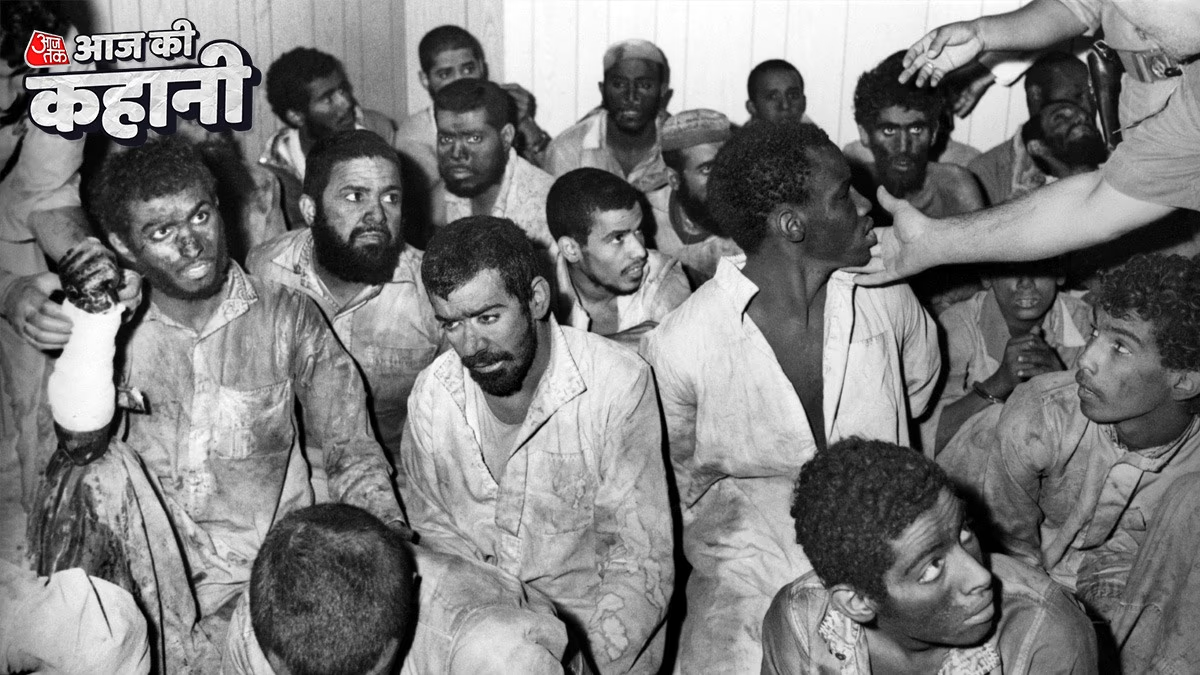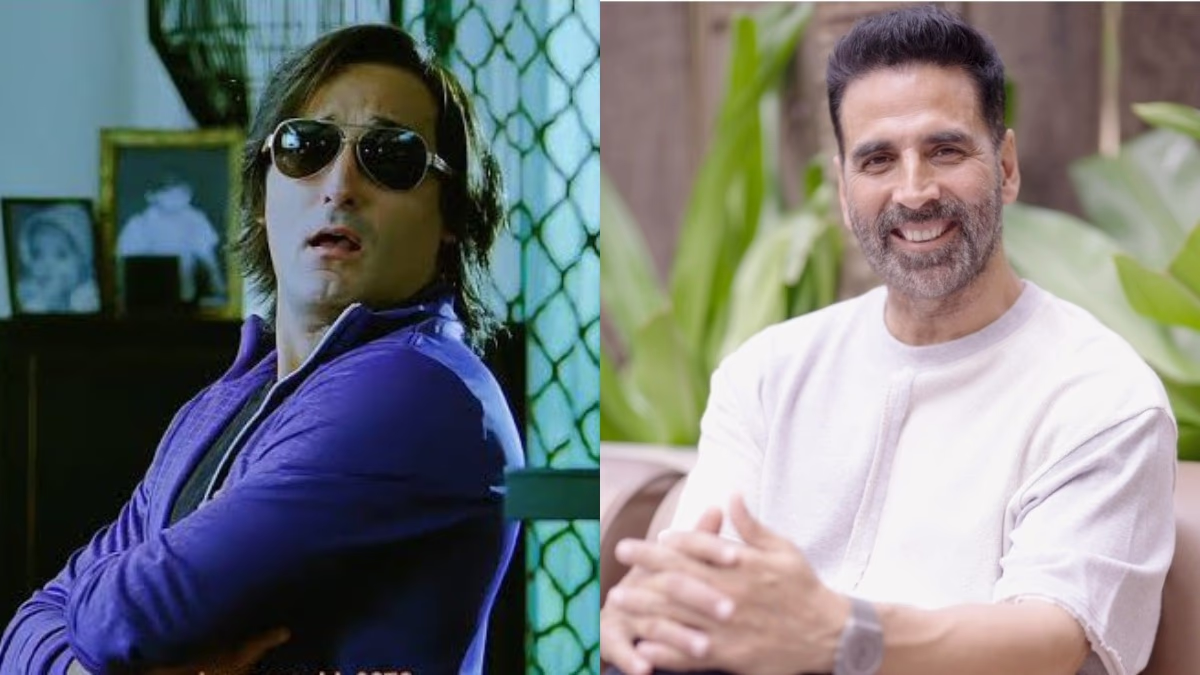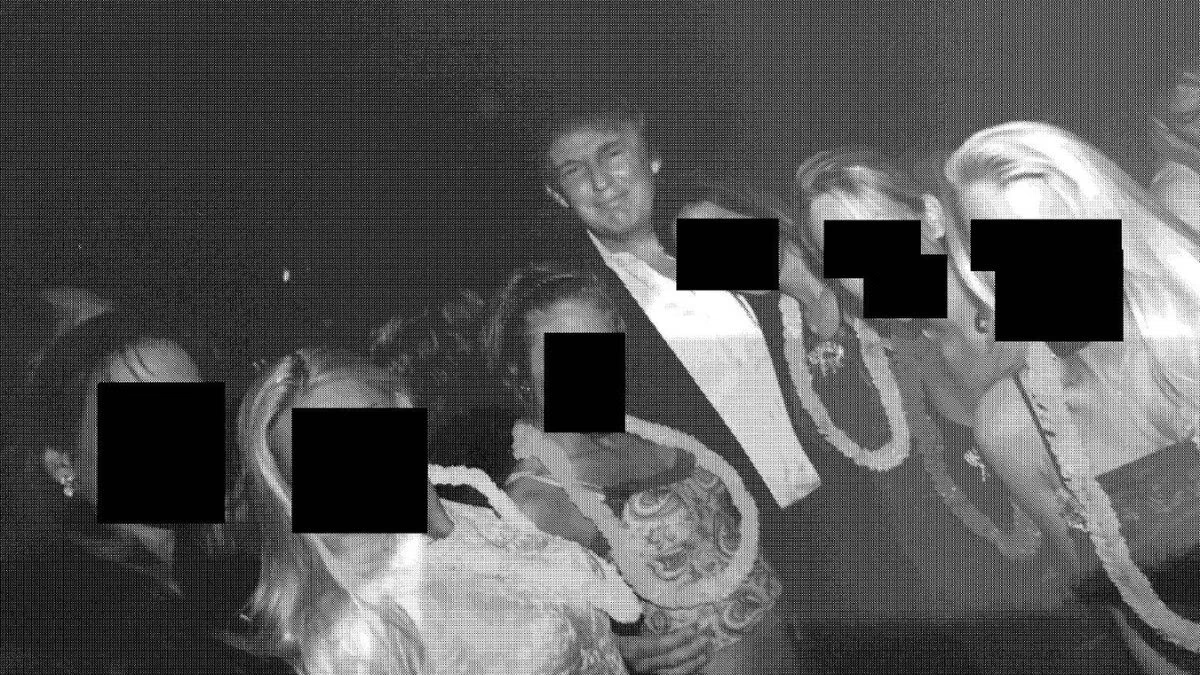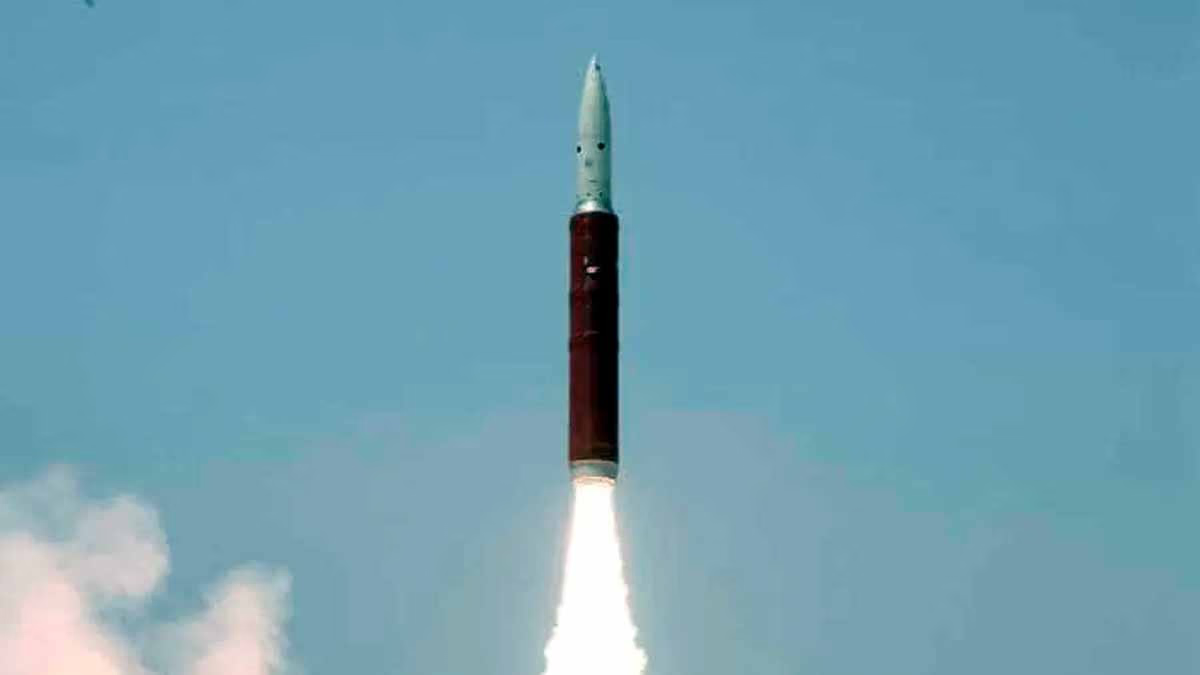On the morning of November 20, 1979, around 50,000 people from around the world gathered in the grand courtyard of the Holy Kaaba in Mecca for their morning prayer. Among them were 200 individuals who had hidden weapons and, as soon as the prayers concluded, they seized the holy site and took the people there hostage.
These 200 attackers arrived under the leadership of a 40-year-old preacher named Juhayman al-Otaybi. As the Imam finished leading the prayer, Juhayman and his followers pushed him aside, took hold of the microphone, and began to deliver a speech.
The Imam's microphone was commandeered for a proclamation
A voice boomed from the microphone - Fellow Muslims, we announce the arrival of the Mahdi today. He will rule with justice and fairness over a world full of oppression. Mecca, Medina, and Jeddah are now in our hands. This declaration was made by a companion of Juhayman al-Otaybi after the seizure of the holy site.
Conflicts with the assailants spanned several weeks
This incident shook the Islamic world to its core. Following this, the Grand Mosque was besieged for several weeks under the leadership of anti-royalist Islamist Juhayman. Gunfire erupted inside the mosque, marking a major blow to the House of Saud. The most significant aspect was their sense of humiliation.
The largest attack in Saudi history
This attack is considered the largest in Saudi history. It was overwhelming enough that the Saudi military had to rely on the armed forces of two other countries, and it took several days to liberate the mosque from the assailants.
The assailants' strategy to seize the mosque
The gunmen, armed and ready, were already inside the mosque. Their weapons had been stored in coffins. The principal attacker, Juhayman al-Otaybi, advanced with some individuals towards the Imam and took the microphone to direct his people to take positions before taking hostages.
How weapons and attackers infiltrated the mosque
Prior to the attack, the assailants meticulously prepared. They arrived in trucks, having already transported a large number of weapons and supplies into the mosque. The weapons were transported inside coffins placed in the mosque’s courtyard, a traditional act to seek blessings for the recently departed. Thus, the coffins were filled with arms.
The attackers killed the mosque guards
Lebanese journalist Kim Ghattas writes in her book, 'Black Wave'—Suddenly, gunshots echoed. A man carrying a rifle advanced towards the Kaaba. The guards were only equipped with sticks, as carrying weapons into the sacred site is prohibited and violence is forbidden. The group’s leader appeared armed with a rifle, pistol, and dagger.
The entire mosque and complex fell under rebel control
The attackers gunned down the guards of the Mecca Mosque, advancing towards the Kaaba. The people present were frightened and astonished. Guards who resisted were shot. The mosque doors were chained and secured. The seven minarets were under sniper vigilance as armed men gained complete control of the mosque.
The operation to free the mosque from the attackers began
It was incredibly challenging to free the Grand Mosque from the gunmen's control since a major military assault was not feasible there—it holds one of the most sacred sites, including the Kaaba. Nevertheless, the Saudi forces began approaching the mosque complex, but due to the assailants being heavily armed and actions being limited within the complex, they did not succeed.
The initial attempt failed
Saudi Arabia’s first attempt to enter the mosque failed, as rebels shot several soldiers. Helicopters from the Saudi army and national guard attempted to drop snipers onto the mosque’s minarets, but this yielded no results.
Evacuation and escalation ensued
The city of Mecca was evacuated, and as the battle intensified, the electricity supply to the sacred mosque was cut. Saudi forces gained some advantage within a week; meanwhile, the leader of the rebels was shot. By then, Juhayman's forces had weakened. It still took several more days for Saudi forces to regain control of the mosque.
The Muslim world was divided in two
It's no surprise that the armed siege of Masjid al-Haram became a pivotal moment for the Muslim world. This turned Saudi Arabia into a staunch Sunni nation, creating a significant rift with post-revolution Iran. In the same year, 1979, Iran’s Islamic revolution transformed a moderate Iran into a radicalized Shia country. The creation of two opposing power centers—Shia Iran and Sunni Saudi Arabia—led to a split in the Muslim world.
November 20, 1815 - Russia, Prussia, Austria, and England formed a coalition to maintain peace in Europe.
November 20, 1829 - Jews were expelled from Russia's Nikolaev and Sevastopol regions.
November 20, 1866 - Howard University was established in Washington, USA.
November 20, 1917 - Ukraine declared itself a republic.
November 20, 1929 - Birth of Milkha Singh, India’s renowned athlete known as the 'Flying Sikh.'




